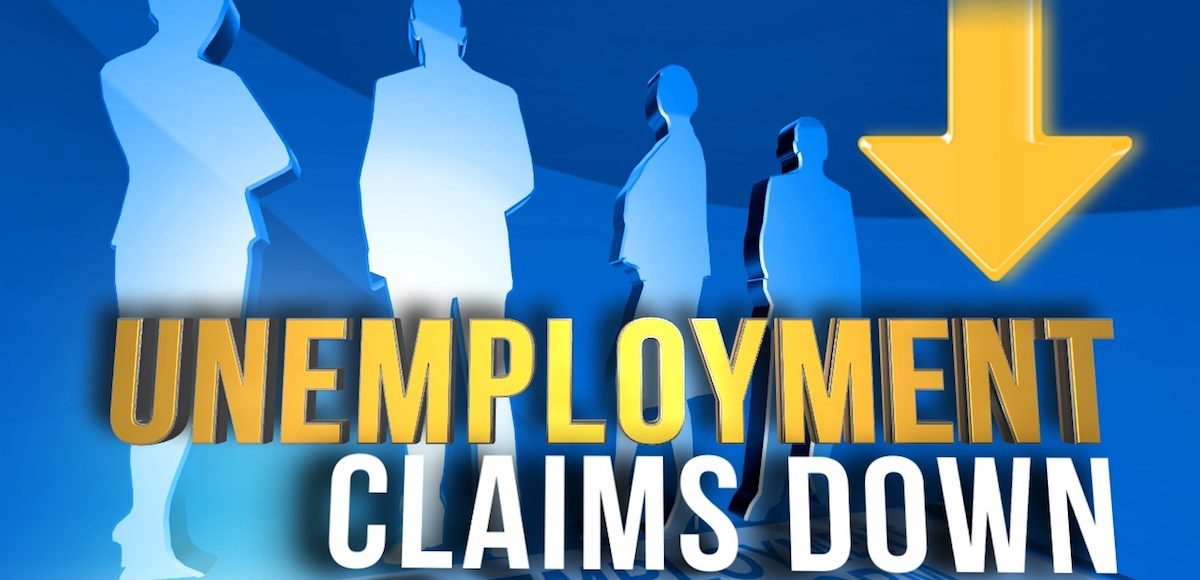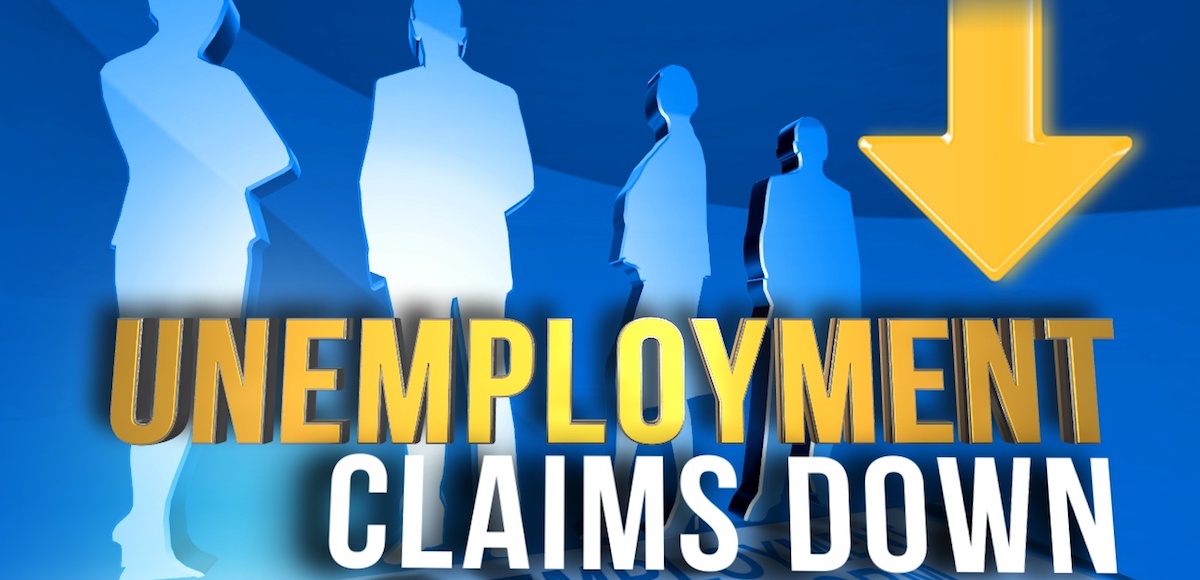

Weekly Jobless Claims Graphic. Number of Americans applying for first-time jobless benefits.
The Labor Department said Thursday that applications for first-time state unemployment benefits were 236,000, easily beating the median forecast. For the week ending May 6, the advance figure for seasonally adjusted initial claims decreased 2,000 from the previous week’s unrevised level of 238,000.
The 4-week moving average was 243,500, an increase of 500 from the previous week’s unrevised average of 243,000.
Continuing claims, which in data lag by a week, fell by a significant 61,000 in the April 29 week to 1.918 million. That’s now declined to a 29-year low. The 4-week average for continuing claims declined 27,000 to 1.966 million, which is a 43-year low.
No state was triggered “on” the Extended Benefits program during the week ending April 22 and no special factors influenced the data.
The highest insured unemployment rates in the week ending April 22 were in Alaska (3.4), Puerto Rico (2.7), New Jersey (2.5),California (2.3), Connecticut (2.3), Rhode Island (2.3), Massachusetts (2.1), Illinois (2.0), Pennsylvania (2.0), and Montana (1.7).
The largest increases in initial claims for the week ending April 29 were in Illinois (+652), Tennessee (+432), Indiana (+350), Iowa (+314), and New Hampshire (+300), while the largest decreases were in New York (-13,953), New Jersey (-4,069), Massachusetts (-3,882), Rhode Island (-1,372), and Arizona (-1,246).






Fuu Miyatani French / May 15, 2017
Because when your benfits run out, you can not file again, it does not mean people are working!
/